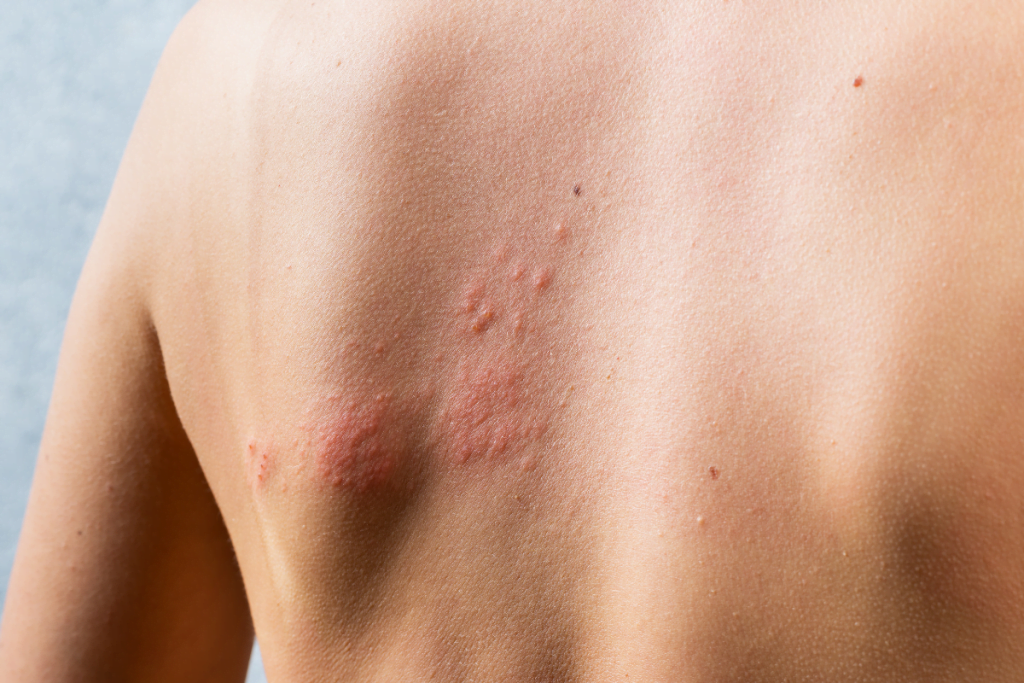Porphyria Cutanea Tarda (PCT) is a rare but formidable skin disorder characterized by the accumulation of porphyrins, leading to painful blistering, photosensitivity, and a host of other skin issues. Managing PCT poses significant challenges, making it crucial for patients and healthcare providers to comprehend the best treatment approaches. This article delves into various therapeutic options and management techniques for those coping with PCT.
Understanding Porphyria Cutanea Tarda
Before discussing treatment options, it’s important to grasp the fundamentals of Porphyria Cutanea Tarda (PCT). Typically, this condition arises from enzyme deficiencies in heme synthesis, leading to porphyrin build-up in the skin. Factors like alcohol use, specific medications, hepatitis C infection, and sun exposure can exacerbate PCT symptoms.
Symptoms of Porphyria Cutanea Tarda
The severity and appearance of PCT symptoms can vary, but they commonly affect the skin, presenting as follows:
Blistering
An essential symptom of PCT is the development of fragile, fluid-filled blisters in sun-exposed areas such as the hands, forearms, face, and neck. These blisters are often painful and may rupture, leading to crusted lesions that are prone to infection.
Photosensitivity
People with PCT frequently experience increased sensitivity to sunlight (phototoxicity). UV radiation can trigger or intensify skin symptoms, causing blistering, redness, and burning sensations. Consequently, those affected may avoid sunlight and prefer indoor activities, especially during peak sunlight hours.
Hyperpigmentation
Chronic sun exposure and skin fragility in PCT can result in hyperpigmentation, where certain skin areas become darker compared to the surrounding skin. These pigmented spots may persist even after blister healing and can be cosmetically troublesome for some individuals.
Skin Fragility and Scarring
In PCT, the skin can become fragile and easily injured, leading to bruising, tearing, and scarring. Minor injuries or friction can exacerbate blistering and skin lesions, complicating daily activities and causing significant discomfort for sufferers.
Itching and Discomfort
Itching (pruritus) often accompanies blister formation and healing in PCT. It can range from a mild annoyance to a severe, intense sensation, significantly affecting patients’ quality of life. Additionally, blistering and skin lesions can result in pain and discomfort, adding to the overall burden of the disease.
Hair Changes
Some individuals with PCT may notice changes in hair growth and texture, such as increased hair growth (hypertrichosis) or hair loss (alopecia) in affected regions, particularly the face and scalp. These hair changes often arise from chronic inflammation and skin scarring.
Nail Changes
Nail involvement in PCT may appear as dystrophic changes like thinning, ridging, and fragility. In severe cases, nail dystrophy can cause deformities and nail plate loss, which can be cosmetically concerning and affect the patient’s self-esteem.
Treatment for Porphyria Cutanea Tarda
Several treatment and management strategies can help alleviate PCT symptoms. Here are some of the approaches:
Phlebotomy
Phlebotomy, or bloodletting, is the gold standard in treating PCT. By removing excess iron, which can stimulate porphyrin production, phlebotomy helps reduce porphyrin levels in the body. Regular sessions can significantly improve PCT symptoms and prevent disease progression.
Hydroxychloroquine
Hydroxychloroquine, an antimalarial medication, can effectively manage PCT by inhibiting porphyrin production. It works by interfering with the enzymes involved in heme synthesis, reducing porphyrin build-up in the skin. However, its use should be monitored for potential side effects.
Avoiding Trigger Factors
Avoiding trigger factors is essential in managing PCT. Patients should limit alcohol intake, avoid certain medications that can worsen symptoms, protect themselves from sunlight using clothing and sunscreen, and consult healthcare providers before starting new medications.
Iron Chelation Therapy
For those who cannot tolerate phlebotomy, iron chelation therapy might be recommended. This involves medications that bind to excess iron in the body, promoting its excretion through urine and feces. While effective, iron chelation therapy requires close monitoring for possible side effects.
Lifestyle Adjustments
Adopting a healthy lifestyle can complement medical treatments for PCT. This includes maintaining a balanced diet, avoiding excessive alcohol consumption, protecting the skin from sunlight, and managing underlying conditions like hepatitis C with proper medical care.
Symptomatic Relief
Measures to alleviate symptoms like itching and pain can provide substantial relief. Topical treatments such as corticosteroids and emollients can soothe irritated skin and promote the healing of blisters and lesions. Antihistamines might also help in relieving itching and discomfort.
Takeaways
Although Porphyria Cutanea Tarda (PCT) poses significant challenges, effective treatments and management strategies can mitigate its impact. From phlebotomy and medication therapy to lifestyle adjustments and symptomatic relief measures, a multifaceted approach is key to effectively managing PCT and improving patients’ quality of life. By raising awareness and fostering collaboration between patients and healthcare professionals, better outcomes can be achieved, empowering those living with this rare dermatological condition.
Frequently Asked Questions (FAQs)
Is PCT hereditary?
PCT can be both acquired and inherited. Most cases are acquired and linked to environmental factors such as alcohol use, medications, and hepatitis C infection. However, some cases may be inherited through an autosomal dominant pattern involving mutations in specific genes related to heme metabolism.
Can PCT be cured?
While there is no cure for PCT, effective management strategies can help control symptoms and prevent disease progression. With proper treatment and lifestyle adjustments, many individuals with PCT can experience significant improvements in their condition and quality of life.
Where can I find support and resources for PCT?
Many patient advocacy groups and organizations offer support, education, and resources for individuals and families dealing with PCT. Additionally, healthcare providers, including dermatologists and genetic counselors, can provide guidance and assistance in effectively managing the condition.
